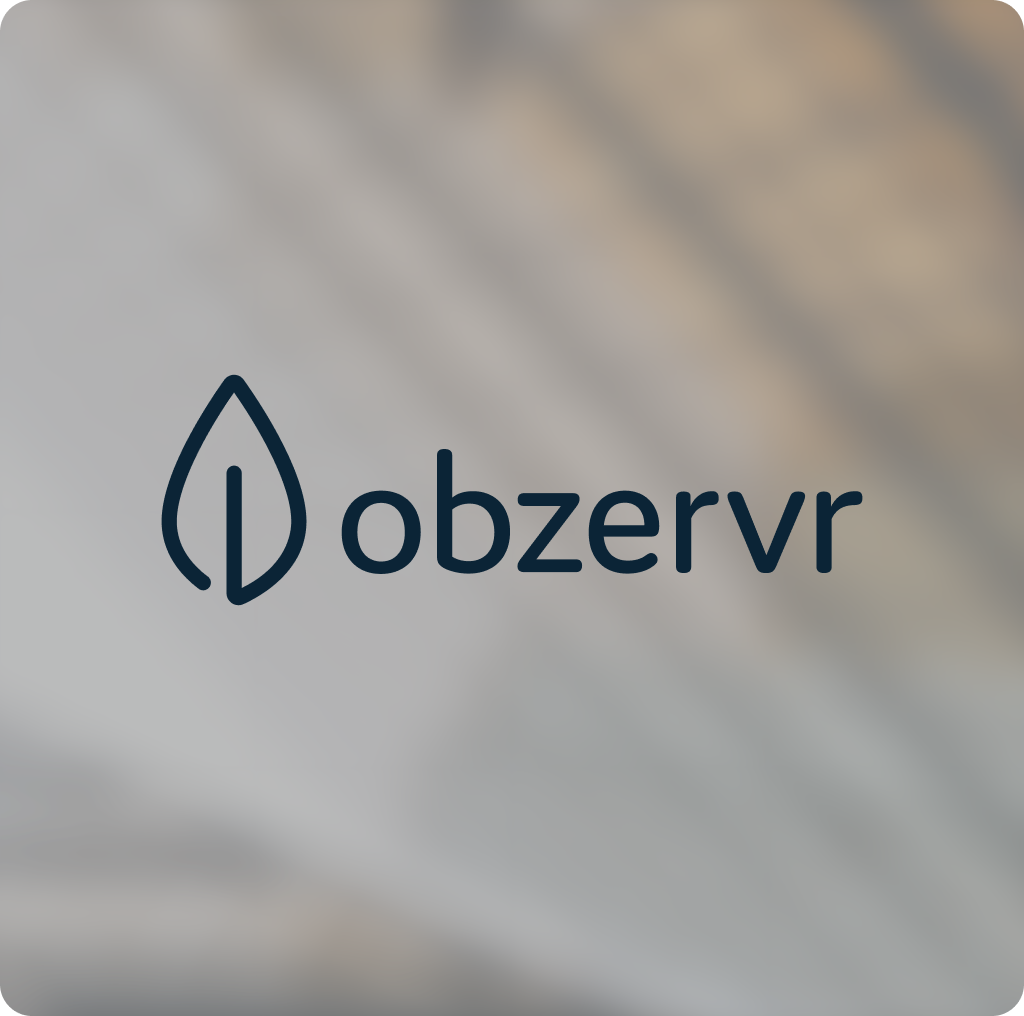Why do you like Jira, what makes it unique?
They are a lot of reasons – when I started with Jira in 2007 I really liked the fact that you could map your process, and easily customize it. And you have to remember that back then most people were using MS Project Server. These days, Jira wins thanks to the cloud and the ease of use. In addition to that, Jira is unique thanks to the whole ecosystem – Trello, Jira Service Desk, Confluence plus of course, the Marketplace where you can easily find the apps to customize your Jira as you wish, adding integrations, time tracking tools, and more.
Why do you think people integrate Jira with another tool like Azure DevOps, ServiceNow, or Asana?
If we talk about day-to-day work, it’s all about tracking work – bugs, issues, incidents, and tasks. Different teams have different needs and different preferences.
Microsoft Azure DevOps is great for developers, ServiceNow is a well-known, powerful tool used by big corporations – sometimes it’s not that easy to simply migrate from one platform to another, or choose just one for the whole company. It makes more sense to integrate. Additionally, integrations are needed when we want to work with contractors, with another company that uses a different platform.
Does it make sense to use native tools for integration/migration?
Native tools are often a bit limited. Importing data from Jira, or to Jira you can use CSVs, but they will do just one simple scenario. If you need even a bit more, or some customization, you won’t be able to use it. For us, at getint.io, we have a lot of customers trying native tools first, and they were very unhappy, hopefully, our platform was able to help them.
Does it make sense to develop a customized tool for integrations with Jira?
The answer is somehow similar to the previous one since it sounds easy at first. But you quickly realize that you’re missing the know-how, you don’t really have these cases before so you don’t know how to develop the right tool. In the end, it’s good to work with a tool used plenty of times before, and tested on previous implementations. In reality, choosing an existing tool means that it’s not only quicker but also cheaper.
How to choose the best Vendor/tool for integration?
The customer is usually looking for an angle, they know they need the integration, but usually, they don’t really have the exact specification. So it’s good to choose someone who did it plenty of times before, who can help you understand the scope and assist you. It’s always good to be able to see a live demo and talk to a real person. It also helps to check the support, deployment options (can it work fully behind the firewall?), and customization possibilities if needed. Verify the website, and check if the Vendor has any case studies.
How much time should it take to migrate from one tool to another?
There is no quick answer, but it’s usually about 3 months. Of course, if you have a simple scenario, it can be much quicker than this. Remember about testing, taking all requirements from the business stakeholders, and finally implementing it.
How to prepare yourself, business representatives, and other stakeholders for integration/migration?
Start with the technical documentation – you need to understand the differences between the tools.
Do you have all the fields supported, and created? Is it possible to integrate them? What if not?
What would happen if something breaks? If migrating from one to the other, try to simplify as possible. Many people are trying to make a new tool look and work like the previous one. At the end of the day, a tool is just a tool, used by people. Make sure you understand the needs, and you know how to use the potential of a new platform you’re migrating to.
What can go wrong when it comes to integrations/migrations?
Integrations, and migrations between two different tools are always stressful, a lot of things can go wrong. It’s easy to just send a request from one tool to another. But there maybe issues regarding connectivity, establishing connections (f.e. one tool works fully behind the firewall), requirement changes, scope changes (f.e. what would happen if someone removes the required filled? Will you see an error?). Make sure, the tool you choose has good reporting.
Ravi about getint.io
It’s amazing that you can set up everything so quickly, to check if everything works, and then easily scale it. Having a tool like this, definitely adds value. Your tool is simply wonderful.
Ravi Sagar bio:
Ravi Sagar is an Atlassian Consultant and Drupal expert with several years of experience in web development and business analysis. He has done extensive work implementing and customizing big Jira instances for project tracking, test management, support tickets, and Agile tracking. Ravi founded Sparxsys Solutions Pvt. Ltd. in 2010–a start-up company that provides consultancy and training services on Atlassian tools and Drupal. Author of “Mastering Jira 7 – Second Edition” book and Jira 7 videos courses. In his free time, he loves blogging on his website where he writes regularly about topics such as DevOps and programming.






















